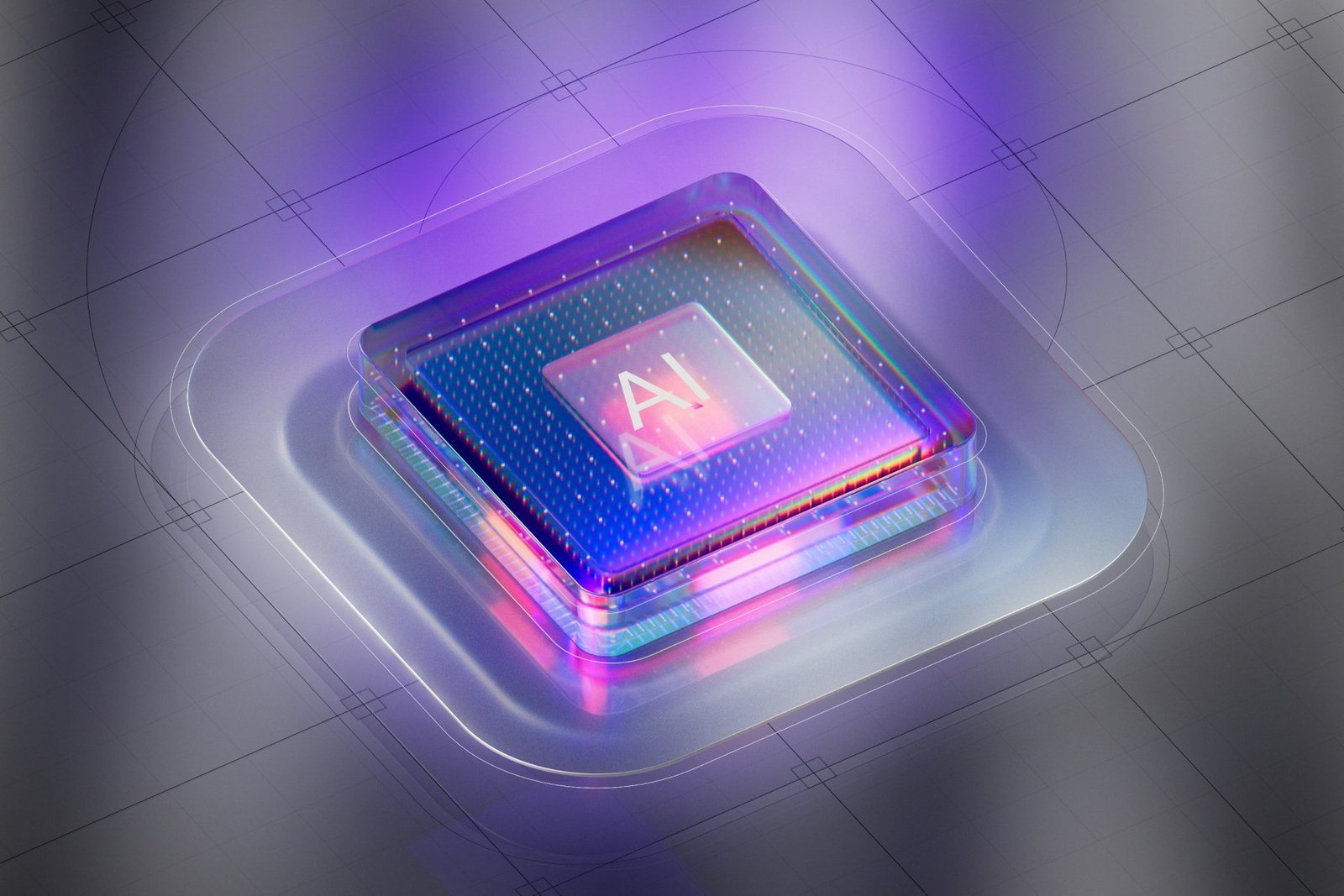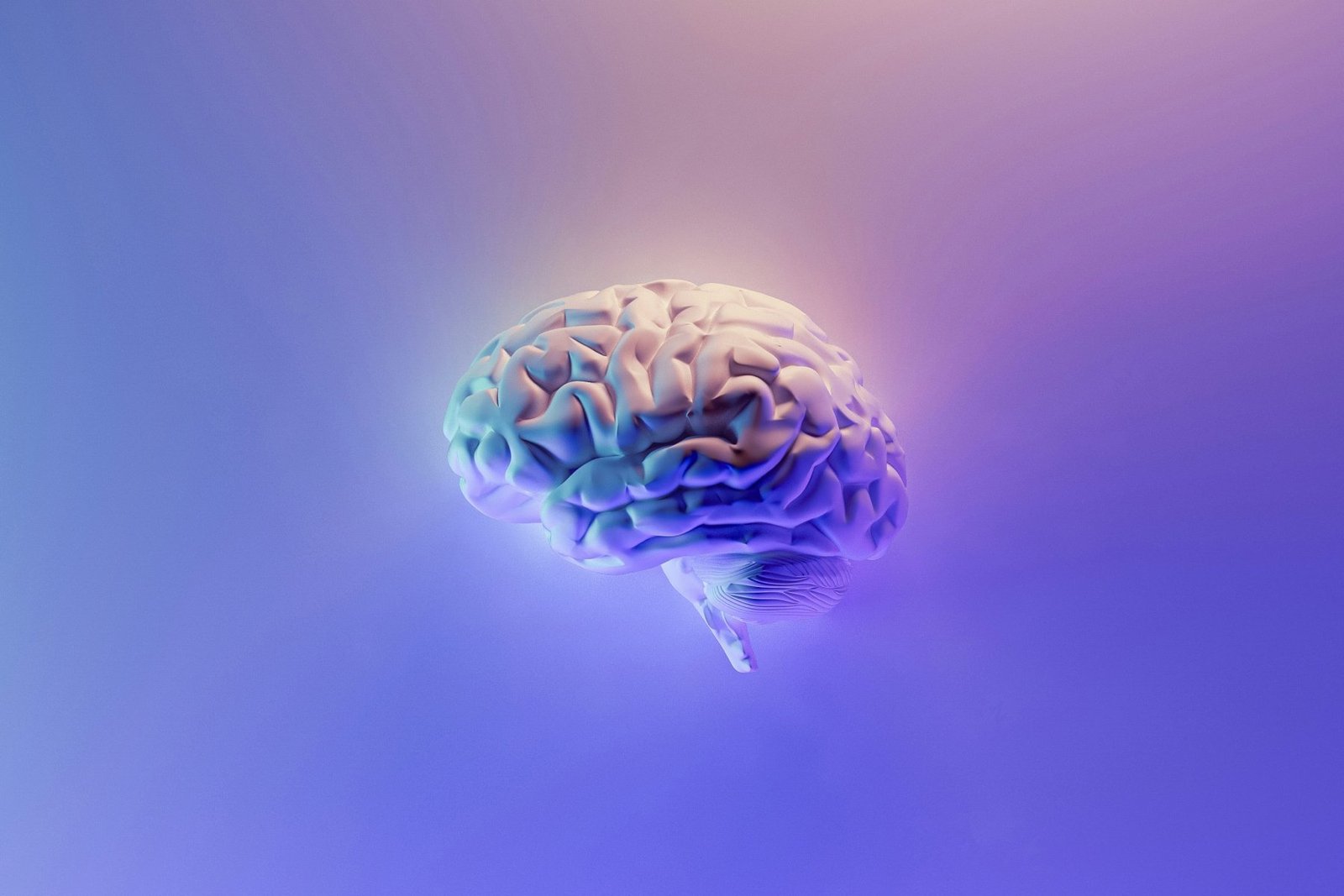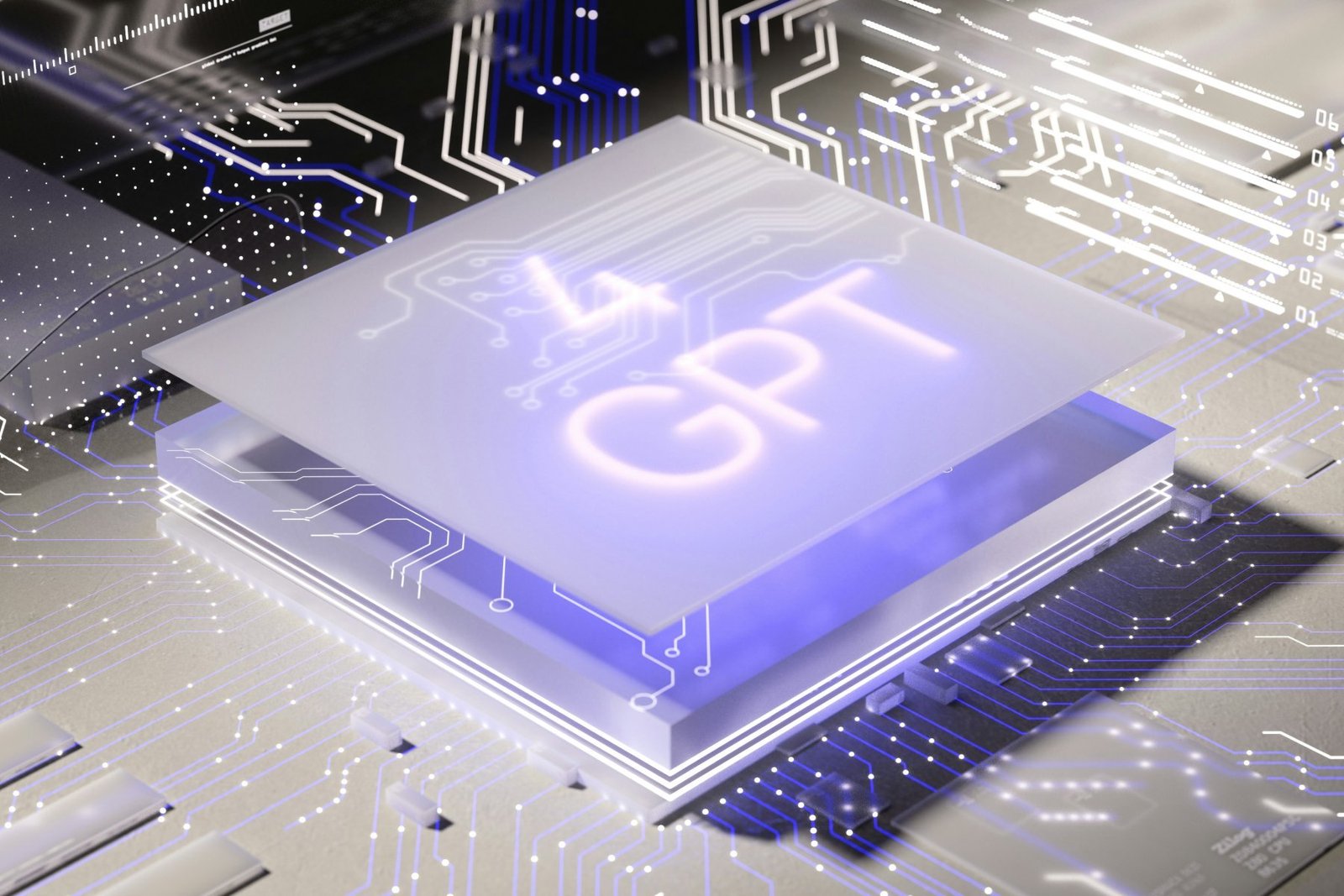Securing the Smart Future: How AI Protects IoT and Edge Devices
Our world is becoming profoundly connected. From the smart thermostat learning your habits to the complex industrial sensors optimizing factory floors, the Internet of Things (IoT) and Edge devices are no longer futuristic concepts; they are the invisible threads weaving through our daily lives and critical infrastructure. This explosion of interconnectedness, however, brings with it a colossal and often underestimated security challenge: an ever-expanding attack surface that traditional cybersecurity measures simply cannot contain.
Imagine millions, soon billions, of tiny, often resource-constrained devices, each a potential gateway for malicious actors. Protecting this vast, diverse, and dynamic ecosystem demands a new breed of guardian. This is where Artificial Intelligence (AI) steps in, transforming from a sophisticated analytical tool into the indispensable frontline defender for our smart future.
The Exploding Attack Surface of IoT & Edge: Why We Need AI Why are IoT and Edge devices such a unique cybersecurity conundrum? It's a combination of factors that create a perfect storm for vulnerabilities:
- Sheer Volume and Diversity: The sheer number of devices is overwhelming. From smart light bulbs to complex medical implants, each comes with its own operating system, protocols, and vulnerabilities. This fragmentation makes uniform security management nearly impossible.
- Limited Resources: Many IoT devices are designed for low power consumption and cost, meaning they lack the processing power, memory, and storage for robust encryption, complex firewalls, or traditional endpoint security software.
- "Set and Forget" Mentality: Users often plug in IoT devices and rarely think about security updates or default passwords, creating persistent, easily exploitable weaknesses.
- Physical Vulnerabilities: Edge devices are often deployed in exposed or remote environments, making them susceptible to physical tampering as well as cyberattacks.
- Complex Interdependencies: A vulnerability in one smart sensor could potentially cascade, affecting an entire smart city grid or an automated industrial process, leading to cyber-physical damage.
How AI Becomes the Guardian of the Edge
AI’s unique capabilities allow it to address the inherent weaknesses of IoT and Edge devices, transforming them from vulnerable endpoints into intelligently defended components of the broader digital fabric.
Autonomous Anomaly Detection for Resource-Constrained Devices: Traditional security often relies on signatures of known threats. AI, particularly machine learning, shines at anomaly detection. It learns the “normal” behavioral baseline for each individual IoT device – how much data it transmits, to whom, at what times, its power consumption, even its vibration patterns. Any deviation, no matter how subtle, instantly flags a potential compromise or malfunction. This behavioral analysis is lightweight enough to run on or near the edge, providing real-time insights without overwhelming the device’s limited resources.
Proactive Device Fingerprinting & Micro-Segmentation: With thousands of devices on a network, simply knowing what’s connected isn’t enough. AI can automatically “fingerprint” each device, identifying its exact make, model, firmware version, and typical function. This deep understanding enables micro-segmentation, where AI intelligently isolates devices or groups of devices into their own secure network segments. If one smart camera is compromised, AI ensures that the breach cannot spread laterally to other critical systems like a factory’s control network, containing the threat instantly.
Predictive Maintenance and Vulnerability Patching: The security of IoT isn’t just about cyberattacks; it’s also about preventing physical failures that could be exploited. AI analyzes telemetry data from devices (temperature, pressure, vibration, error logs) to predict hardware failures or software glitches before they occur. This allows for proactive maintenance and, crucially, provides windows for securely patching vulnerabilities. By anticipating issues, AI minimizes downtime and ensures devices are updated against the latest exploits, preventing attackers from leveraging known flaws.
Threat Intelligence Sharing for Vast IoT Ecosystems: No single device operates in isolation. AI plays a pivotal role in aggregating threat intelligence from millions of connected devices across diverse deployments. If a new type of attack is detected on a smart meter in one city, AI can rapidly analyze this threat, generate countermeasures, and push updates or alerts to similar devices across an entire national grid or global deployment. This collective intelligence strengthens the entire ecosystem, transforming individual devices into a powerful, distributed defense network.
Edge AI for Localized, Real-Time Defense: One of the most promising advancements is Edge AI – bringing AI processing capabilities directly onto the IoT device or its immediate gateway. This allows security decisions to be made in milliseconds, without the latency of sending data to a centralized cloud. For autonomous vehicles, medical devices, or industrial control systems, this real-time processing is critical. It enables immediate threat mitigation, even if network connectivity is compromised, ensuring safety and operational continuity.

The Human Element: Orchestrating AI's Guardianship
While AI takes on the heavy lifting of real-time monitoring and response, the human element remains indispensable. Security professionals trained in AI are crucial for:
- Training and Refining AI Models: Ensuring AI learns from clean, comprehensive data and adapts to new threat landscapes.
- Strategic Oversight: Interpreting complex AI insights, making high-level decisions, and orchestrating responses to novel, sophisticated attacks.
- Ethical Deployment: Guiding the responsible use of AI, particularly concerning privacy and potential biases in data collection or decision-making.
- Incident Investigation: Conducting deep forensic analysis when AI flags an anomaly, understanding the root cause and preventing future occurrences.
Zybercure's Role: Empowering the Guardians of Tomorrow
At Zybercure, we understand that the future of cybersecurity is intertwined with AI, especially in the rapidly expanding IoT and Edge landscape. Our “AI + Cybersecurity: Integrating for a Secure Life and Work” course is specifically designed to equip individuals and organizations with the expertise needed to navigate this complex domain. We focus on:
- Understanding the IoT/Edge Threat Landscape: Demystifying the unique vulnerabilities of connected devices.
- Leveraging AI for IoT Security: Providing practical skills in deploying and managing AI-powered anomaly detection, predictive analytics, and automated responses for IoT.
- Building Responsible AI Practices: Emphasizing the ethical considerations and best practices for securing data and privacy in smart environments.
Conclusion: AI – The Imperative for a Secure, Connected World
The proliferation of IoT and Edge devices is not just a technological trend; it’s the foundation of our smart cities, intelligent industries, and connected lives. Without a robust, intelligent defence, this smart future remains dangerously vulnerable. Artificial Intelligence is not merely an option; it is the imperative guardian, the only technology capable of matching the scale, speed, and sophistication of threats targeting the vast, distributed world of connected devices. By embracing AI and investing in the human expertise to wield it wisely, we can confidently build and secure the truly smart future we envision.
Ready to become a guardian of the smart future? Explore our course: ‘AI + Cybersecurity: Integrating for a Secure Life and Work’ today at Zybercure.com!






